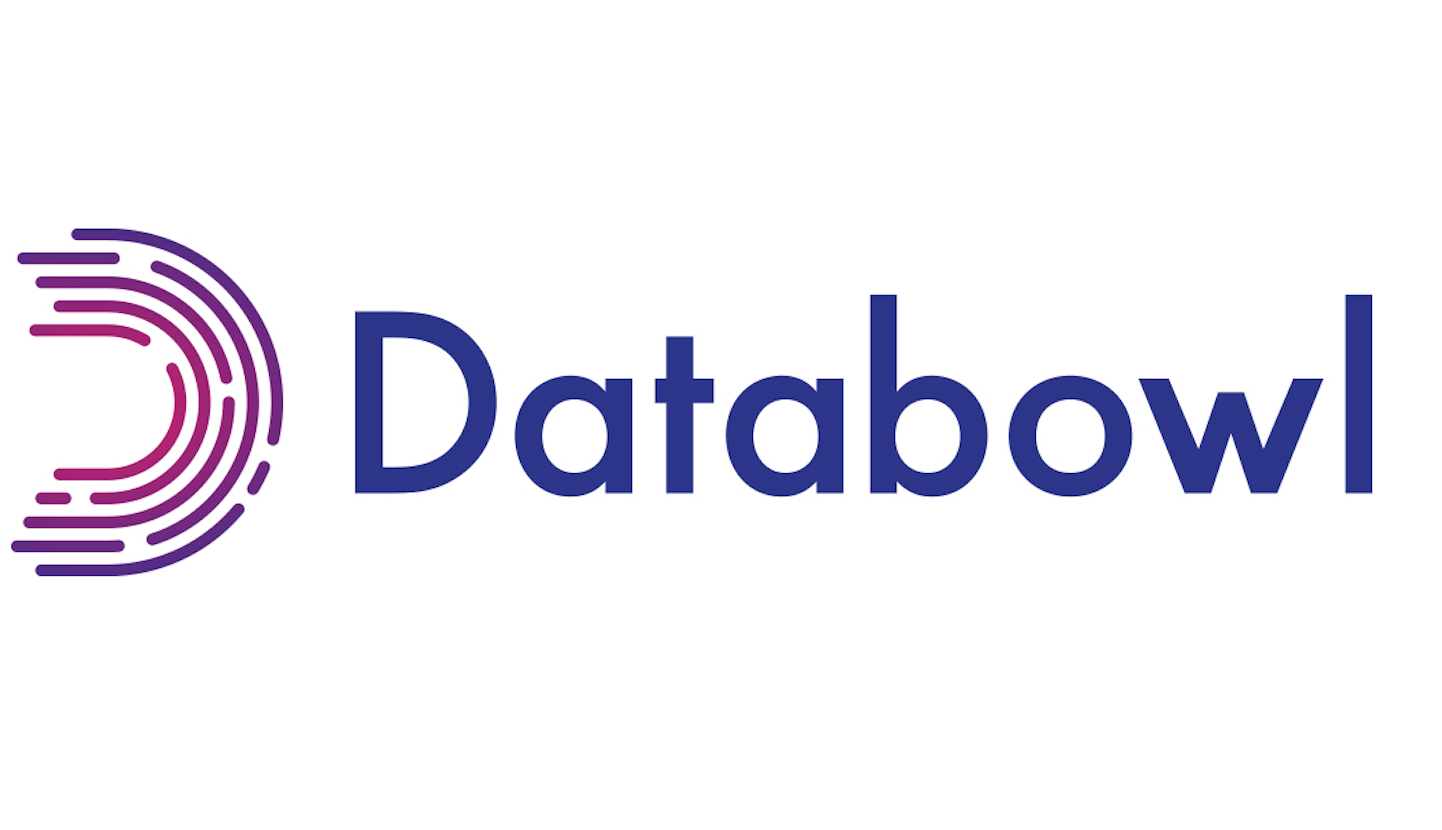Lead fraud remains one of the largest threats to the success and performance of everyone involved in the world of lead generation and performance marketing. In our previous article, Fraud Is A Huge Problem You Need To Solve, we set out some of the particulars of this issue in relation to an affiliate marketing campaign. In this article, we will now look at the problem of lead fraud in a wider sense whilst also proposing a simple solution to overcoming this challenge.
What do you think of when you think of validation?
The answer to this question likely depends on the industry in which you operate. For those in the world of B2B Marketing, the standard definition of Lead Validation will likely be something like this:
“Lead validation is the process of separating qualified sales leads from other types of conversions generated by your marketing campaigns. Non-sales leads are more than simply unqualified; they’re leads that would be a waste of time to pursue. Someone looking for a job or conducting research for an academic paper is hardly worth a follow-up call. Nevertheless, they end up in your database.” — Marketing Insider Group (Original Source).
Whilst this is a relevant and necessary operation, there are some key differences when it comes to lead validation for B2C marketers and performance marketers as a whole. Ultimately, given the scale of operation for Performance Marketing, you need a solution that can be automated and removes the amount of manual work required. Moreover, if you want to entirely eradicate lead fraud, you need a solution that is preventative, not reactive.
The problem with exclusively employing the above model of lead validation is simply that it only addresses one issue — that not all leads are at the same stage and need to be managed accordingly in terms of both treatment and reporting. For those operating within the world of performance marketing, this essentially goes without saying and is an integral part of lead management and lead nurturing, but it should be treated separately to the new process of lead validation.
What you should be thinking of when it comes to lead validation
When it comes to lead validation within the world of performance marketing, we refer to validating the status of a lead AT the point of generation, not only after: this means validating emails, telephone numbers, names and addresses in real-time as the details are collected. By employing this form of lead validation you are able to remove duplicate leads, invalid leads, incorrectly formatted leads and fraudulent leads. When employing this type of lead validation you are able to set up bespoke rules to not only prevent wastage when paying for poor quality leads but increase the % of Sales leads by validating before the leads are generated. This massively optimises your performance regardless of the form of lead generation you run.
Last year, we estimate that 35.4% of all lead traffic generated was ultimately found to be fraudulent or invalid in other ways. This represents a huge amount of traffic that would have traditionally made it through most lead generation campaigns that did not run comprehensive validation. Clearly, this represents a huge threat to all lead generators; a threat that must be protected against and prevented.
Whether you’re running lead generation to make eventual sales for your own brand or whether you’re generating your leads on behalf of clients, validation is a key solution for minimising fraudulent traffic, boosting conversions and adding significant value to your process.
Introducing enhanced validation
You may be confident you’re already running suitable validation and have optimised your performance; such an attitude would be incredibly risky and would likely see growing fraud creeping into your process, if not now, then soon. The question should always be, “How can I improve performance?”
In reality, when it comes to lead fraud, the closest to zero you can possibly get requires running Enhanced Validation. This simply means going beyond traditional validation of data in terms of numbers, names, emails etc, and taking your validation to the next stage by eradicating lead fraud on a meta-level and further optimising performance using intelligent validation through machine- learning technologies.
Metadata validation
Taking the levels of validation further, you can run metadata validation to pick up any extra invalid leads and again reduce wasted costs. Metadata validation allows you to detect and reject all leads based on additional metadata values attached to the data. This detects and rejects users that would ordinarily fail to be detected as fraudulent without this feature. Again, this form of validation provides an extra level of protection to help save you money.
Intelligent validation
The third level of lead validation is concerned with “intelligent validation” enabled by advanced machine-learning technologies. This is a form of validation that is iterative and self-learning, using a predictive “lead scoring” algorithm that constantly analyses all sales and rejections. Leads are allocated a predictive score when they are supplied, enabling you to prioritise leads and decide how they are used.
Ultimately, this is an advanced form of the traditional lead validation model, enabling automated validation based upon the intelligence of machine-learning. In a sense, this is the next frontier of performance marketing, taking the performance of those that use it to previously unscaled heights.
Choose a complete process
Once your leads have been accepted through this multi-levelled real-time validation process – with invalid leads rejected in advance to remove unnecessary costs – you can then begin to separate Sales leads from non-leads in the traditional method. The only real difference is the quality of the leads generated is inherently far greater than they would have been without these extra processes.
Moreover, with the correct application of rules and machine-learning technology as part of your process, you can begin to maximise the % of the leads that are Sales leads in advance, delivering leads to clients and optimising your performance.


